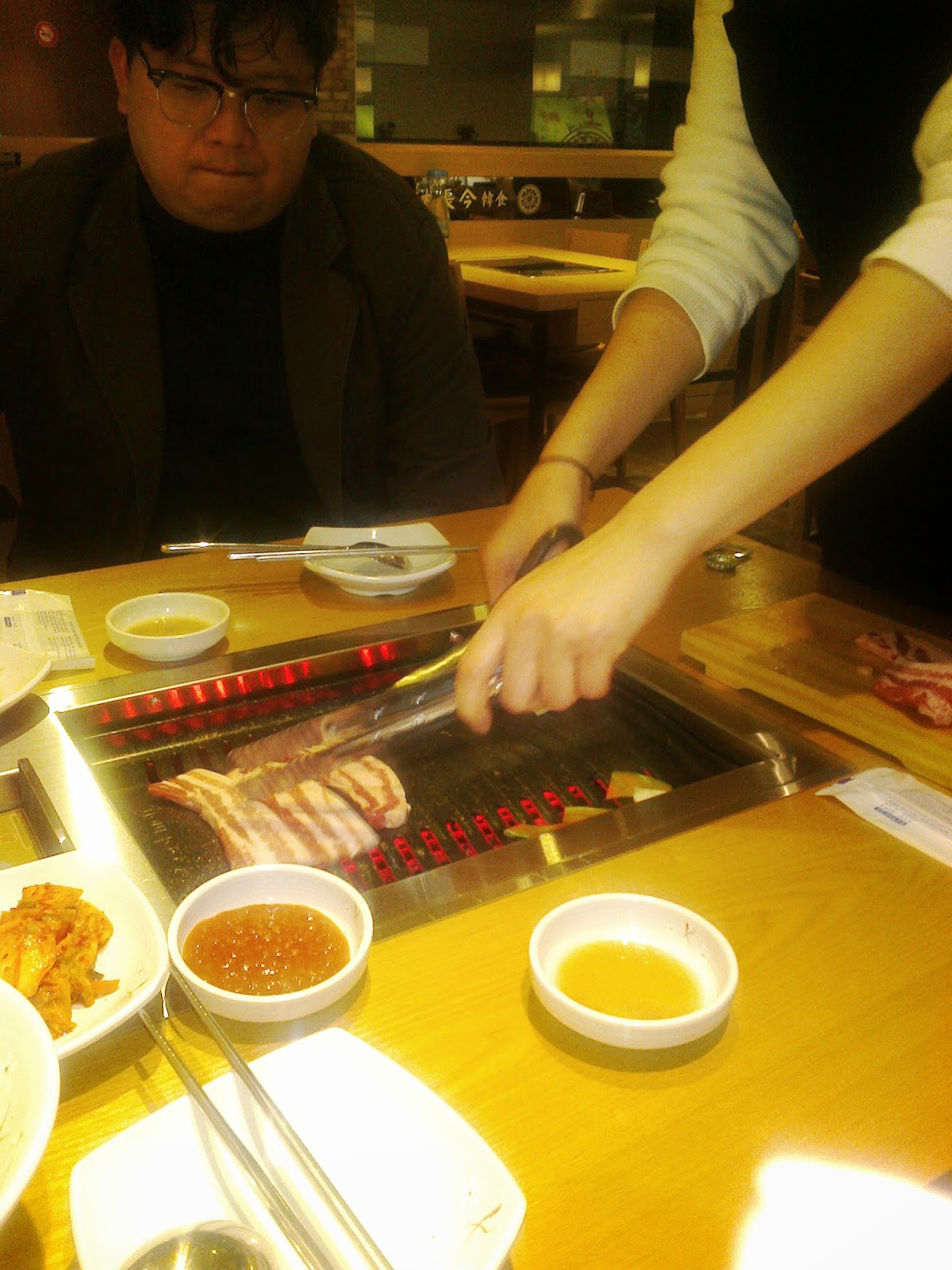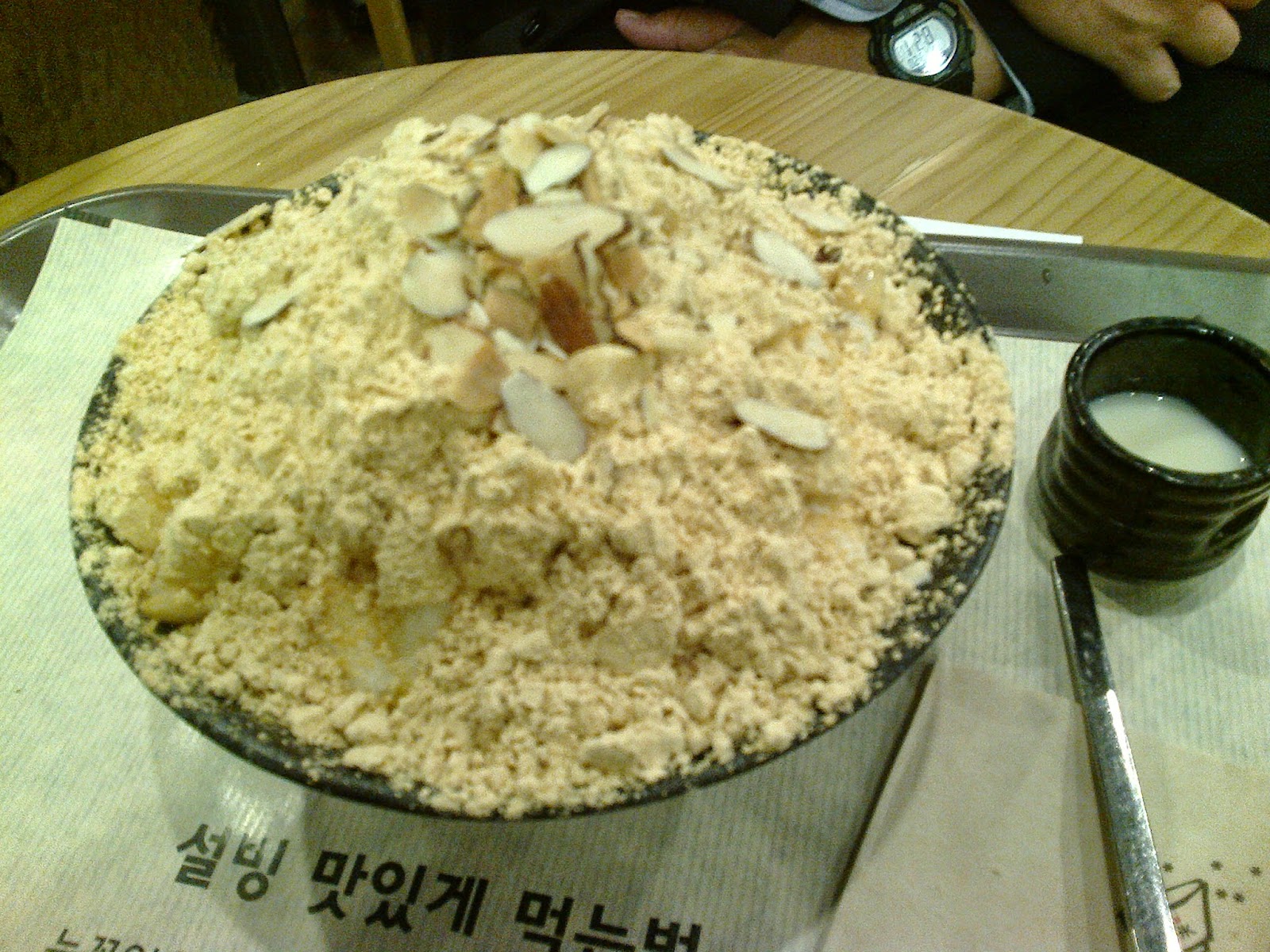Our food, and the way we cook it, will always be part of our history, thus, our culture. It is who we are and may be seen as one of the things that define us. While many foreign food brands have already made their mark on our shores, alongside the strengthening of homegrown fast food chains, it is heartwarming to learn that there is one place which decides to preserve the old practices of Filipino baking.
The Kamuning Bakery was established in 1939 and has remained in the same location in Kamuning, Quezon City. It was set up by Atty. Leticia Bonifacio Javier and her husband Marcelo and has been producing traditional Filipino breads using the pugon, and the long-lost art of floor baking, thus producing pan de suelos. The bakery is very proud to have been visited by people from all walks of life - from Presidents of the Philippines to walk-in pedestrians. But preserving its old methods of baking has its drawbacks, the process itself goes against all present laws of business and economics in maximising profitability- it is more labor-intensive and requires more time and overhead to produce only this much amount of baked goods.
These artisanal baking methods would have been relegated to the history books and the imagination were it not for the efforts of Wilson Lee Flores, a business and showbiz columnist of The Philippine Star, who decided to preserve this cultural heritage. Transition of business operations from the original family to a corporation in 2013 (but retaining the minor participation of Mr. Ted Javier, the son of the first owners) has proved quite successful.
The bakery itself needed a make-over and was promptly renovated, but with care to retain the original design of the house and the bakery, and reinforced the entire structure with steel. When the lease of the space (a dental office) next to the bakery was up, it was likewise taken over to set up the cafe this year.
It was redecorated to reflect the retention of the original floorboards of the Commonwealth era, furnished with mostly batibot chairs and tables, some of Mr. Flores' art collection on the walls, and cathedral windows to add dimension and light.
Mr. Flores himself was all smiles as he welcomed us when we stepped in for brunch, one holiday.
This enthusiasm easily spread to the waitstaff and the barista. This made us quite excited to try out their menu options.
There was the pan de sal sampler served with flavourful corned beef and adobo fillings (normally, the sampler includes menudo, but was out of stock at the time of visit).
The Tocilog (or Pork Tocino, served with garlic rice and sunny-side-up egg). Take note that the bakery's kitchen cured the sweetened pork themselves, thus, you get to taste that extra love that goes with preparing this dish. Even the garlic rice and fried egg deserve their respective arias.
We also got to try their adventurous Chicken Sisig Pasta. Its heated character asserts itself gently. A slow burn, wouldn't mind another serving of that one.
A slice of Heaven, their best selling cake, surely lived up to its name.
And never pass up the coffee. Their certified barista serves it exactly for connoisseurs. Expect her to ask you whether you want it light or full-bodied. Using a range of beans either local from the Mountain Province or Cordillera, or foreign from Brazil or Kenya, you are assured a cup that is served at the right temperature, at the right time, and the right crema.
Even if you eat in, do bring home some of the baked products from the bakery. It is cheap and you are assured of freshness. Php60 for 2 dozen pan de sal is a bargain, so are their other pastries that sell at Php10-20 per piece like the marble cake taisan or the ordinary ensaimada.
As of the time of our visit (early April), Mr. Flores shared that they are expanding their menu to include regular Filipino lunch and dinner fare. If one has to measure our recent dining experience, I am inwardly whimpering in anticipation. The new menu couldn't come any sooner.
43 Judge Jimenez cor. K-1st Street
Kamuning, Quezon City
Tel. No. +63 2 794 5045
+63 2 411 2311
+63 2 929 2216















































